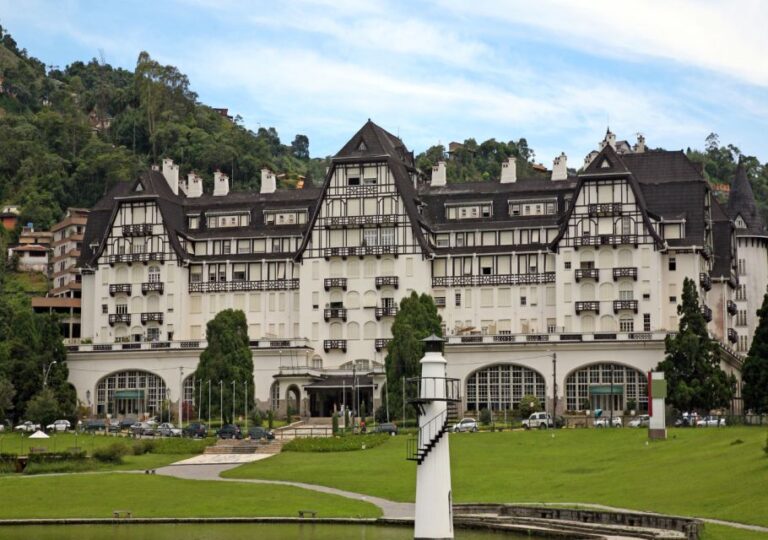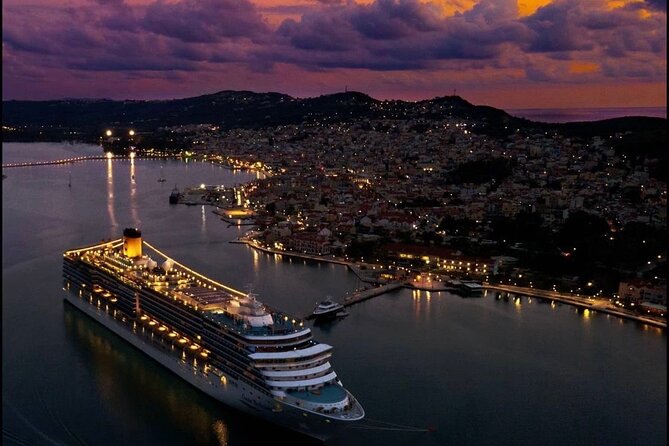Why do Uranus and Neptune appear blue?
Both Uranus and Neptune remain to be fairly unknown in comparison to the nearer terrestrial planets, and we struggle to see them with a telescope. Whilst you may occasionally be able to spot Uranus in the night sky, it’s difficult as it’s so far away and it’s not the brightest planet either – and don’t even get me started on trying to see Neptune!
Thankfully though the Voyager 2 mission that passed these two planets confirmed that from a distance they appear to be blue/. But why is this when most of the other planets are a much different color? Well, that’s what we’re going to take a quick look at.
The reason why the planets Uranus and Neptune appear blue to us is because of the gas atmosphere that surrounds it, which contains methane. This small amount of methane in the atmosphere is what gives these two planets their blue appearance.
Though they’re both blue, they are still quite different in their appearance to one another. Whilst Uranus has a bright blue color that is often said to be verging on green, Neptune has its well known dark blue coloring that makes it one of the most beautiful planets in the solar system. Both of these colors absorb the red light from the Sun, and this combined with methane is what gives them their color.
So, the light that the Sun emits reacts with the methane in the atmosphere of both Uranus and Neptune, and this is what gives them their blue coloring. The red light from the Sun is absorbed by the atmosphere, and the color that is emitted is light blue or dark blue, depending on the planet. So, this is how it appears to us when looking at it in the night sky.
The atmosphere of Uranus is made up of 83% hydrogen, 15% helium and 2% methane. In comparison, the planet Neptune is made up of 80% hydrogen, 19% helium and a small 1.5% of methane there to give it its dark color. But beneath their toxic atmosphere, there is more to explore beneath the gas.
And it’s the same circumstance for both Jupiter and Saturn. Saturn’s atmosphere is made up of ammonia, phosphine, water vapor, and hydrocarbons, giving it a yellow brown-ish color. And although Jupiter has often be depicted as being red in color, the components of its atmosphere – water droplets, ice crystals, ammonia crystals, and other elements – give it a mixed color of white, orange and brown, with just a slight tinge of red to it too.
If we delve beneath the atmosphere, then both of these planets are made up of a whole lot of water and ice – there’s a reason why they’ve been getting called the ice giants as opposed to the gas giants, which they were formerly grouped into. Though the blue light that shines off the planet isn’t actually caused by the ice and water on its surface, which is something that many assume – it’s actually because of Neptune’s atmosphere.
And though they both has a small core, it’s expected that this is only the size of the Earth, with both planets before around 4 times the size of our planet. This means that even though there’s a thick atmosphere there and a solid center, the majority of both of these plenty is made up of ice, water and ammonia. Click here if you want to get more Uranus info.
To sum it up, the distinctive blue coloring of these two planets helps them stand out from the others. We know that the methane in their atmosphere is what gives them their coloring, as opposed to water being the reason for this – although they are made out of a whole lot of water beneath the surface. The methane clouds that appear above the planet’s surface are a big indicator of this, though they’re not visible to us in the night sky.
Though we’ve only passed these two planets once close up and personal, they still looked blue, even from a close range (when I say close, I mean 50,000 miles, which is close in space terms!).




